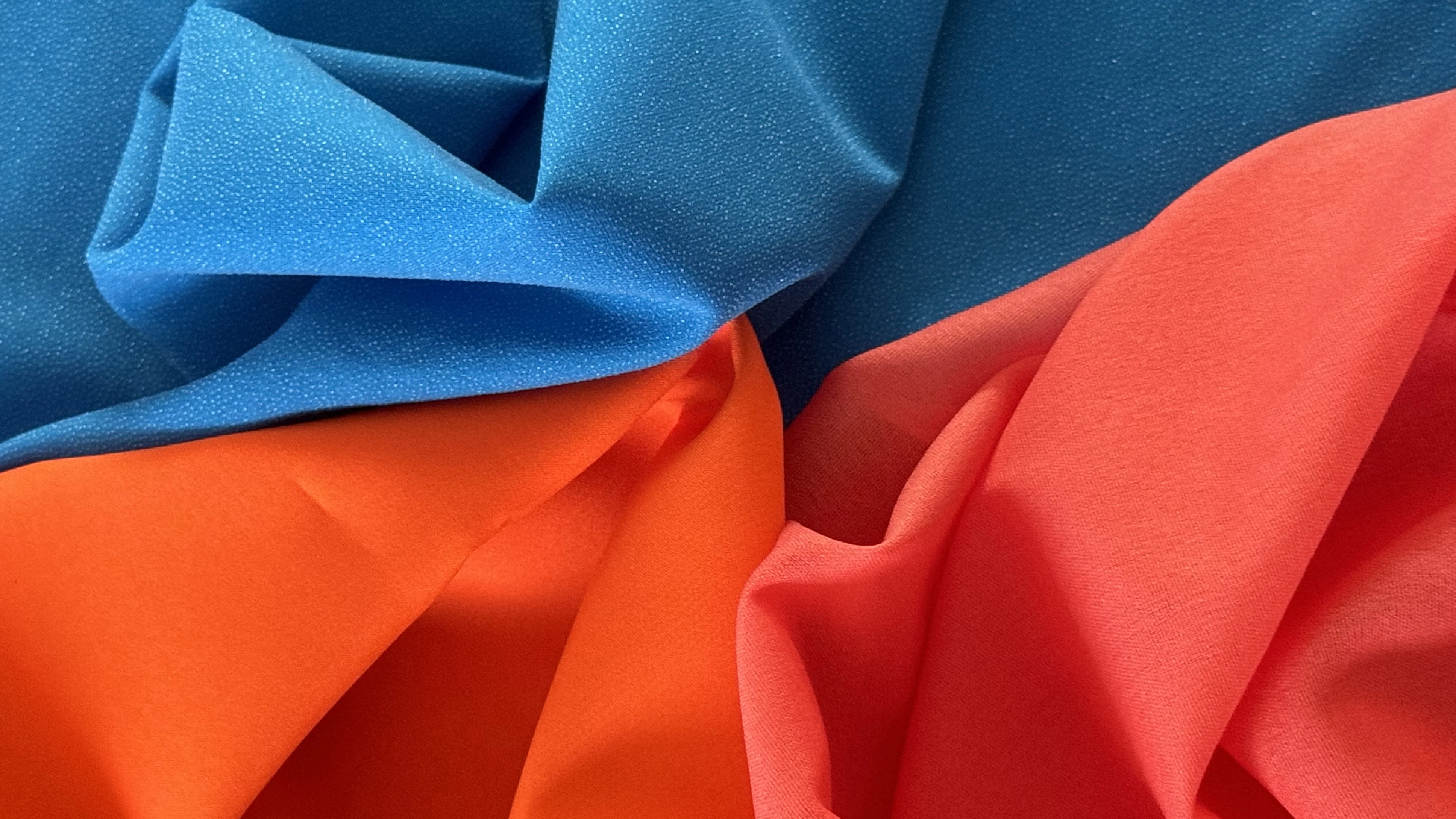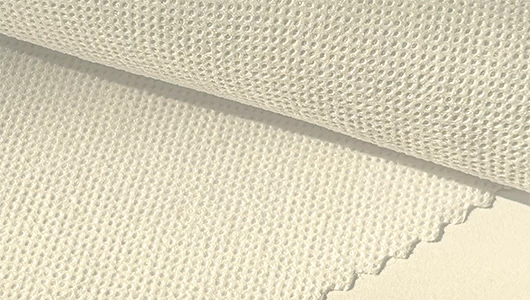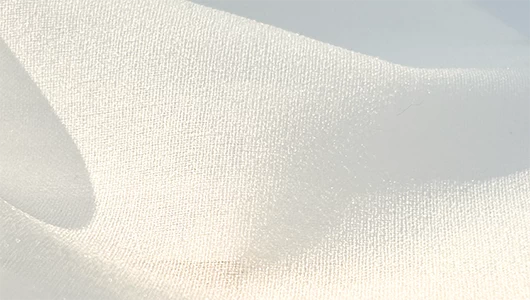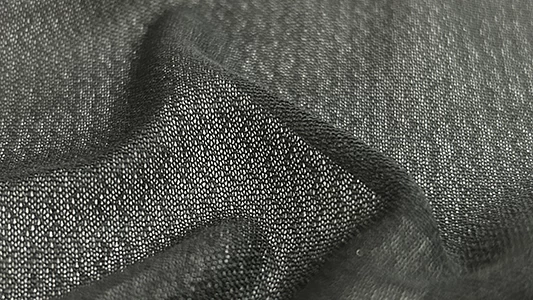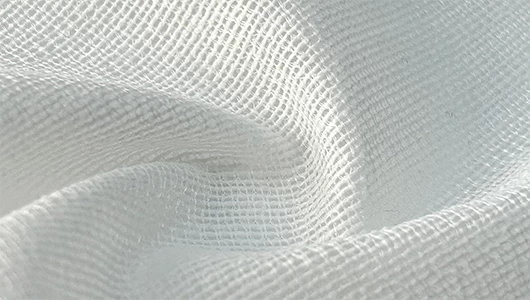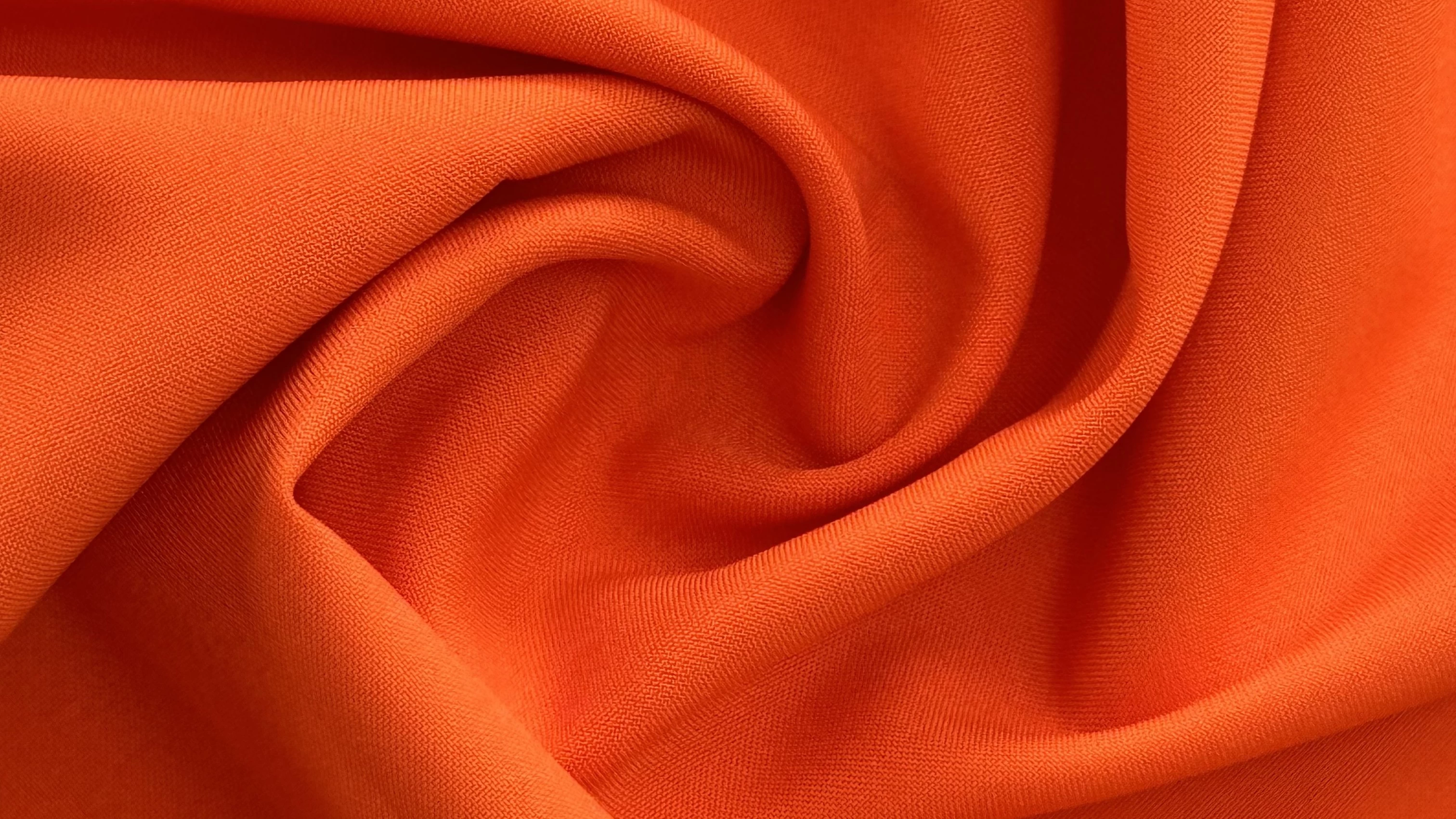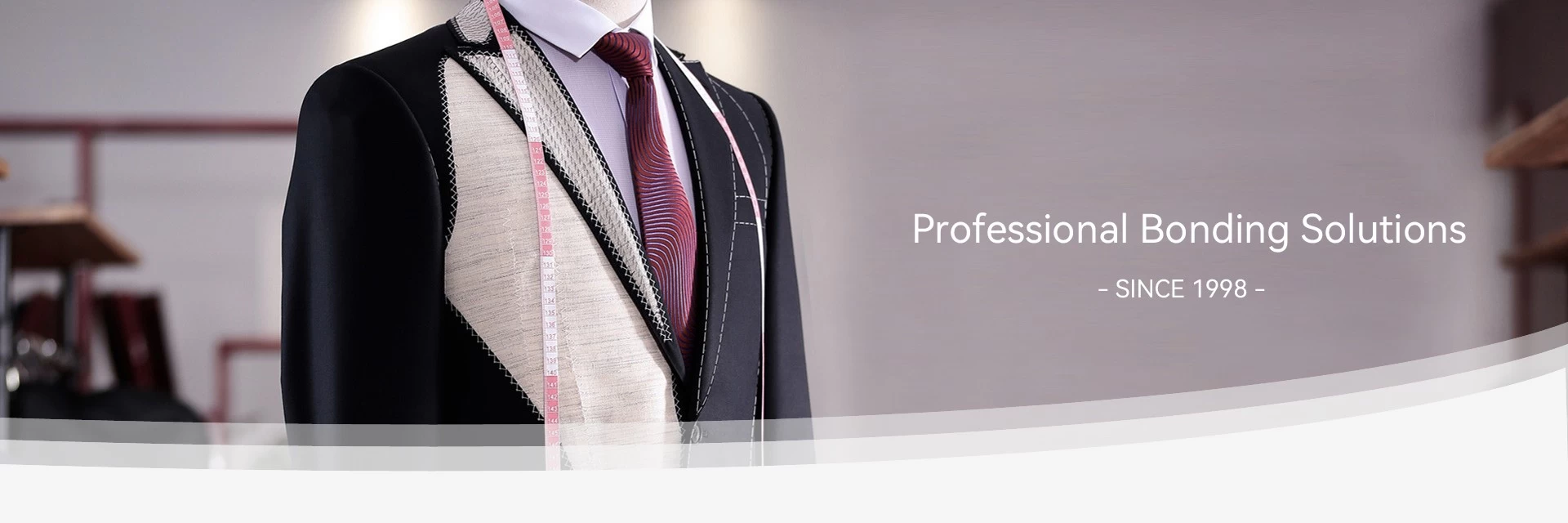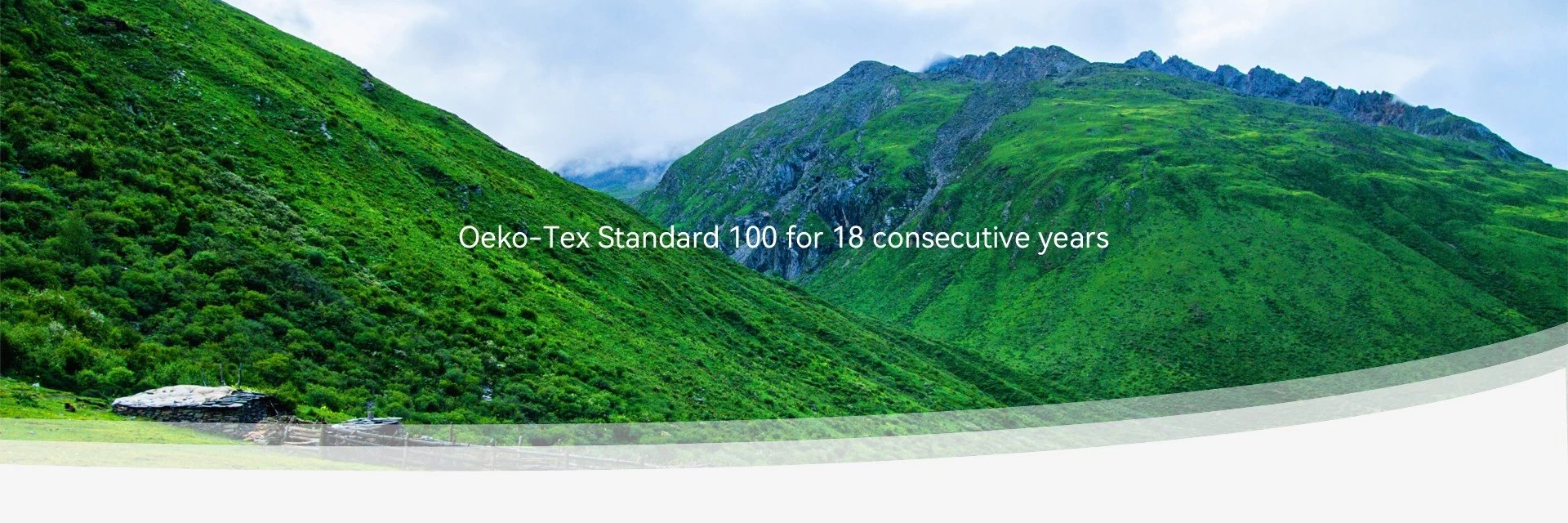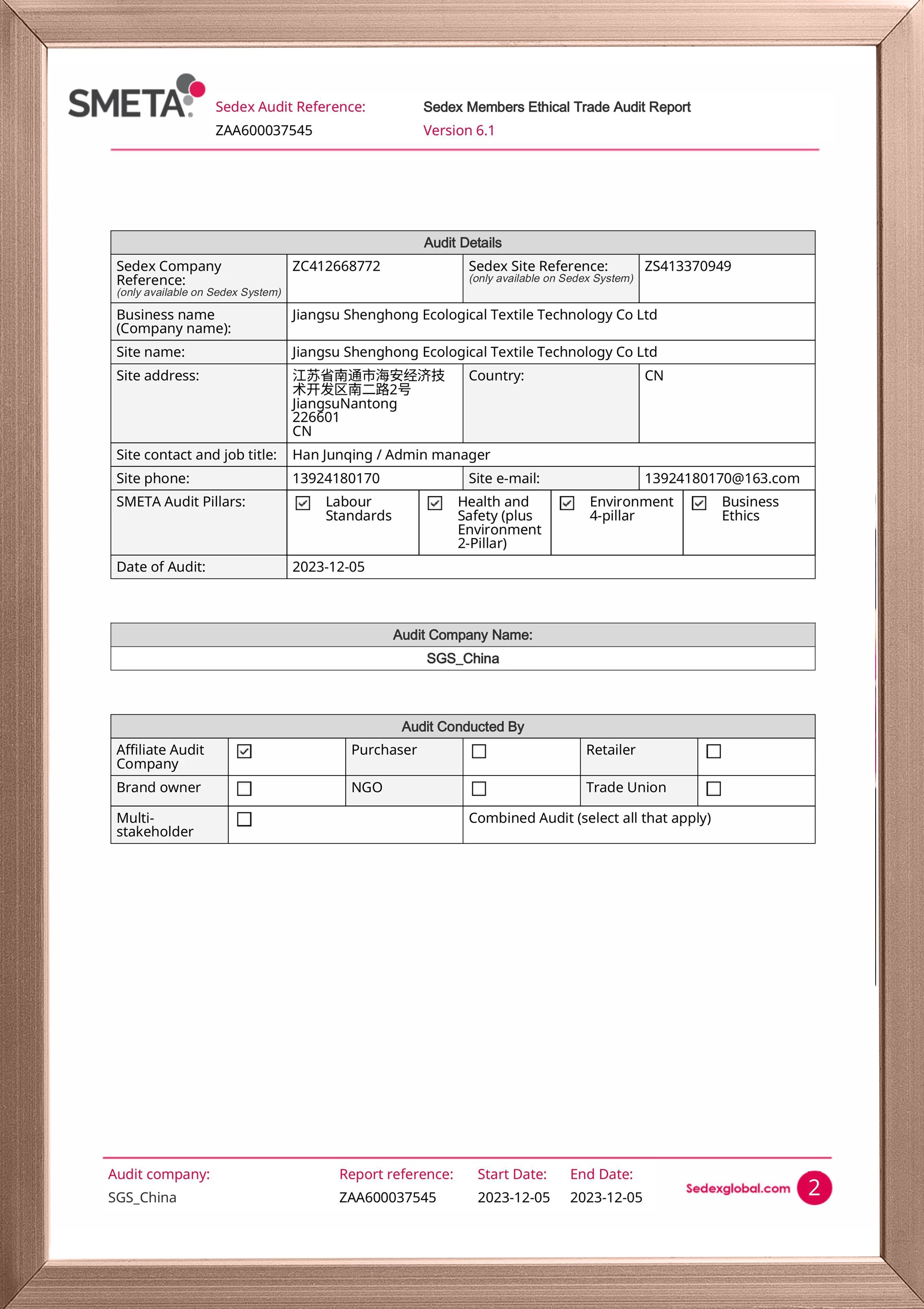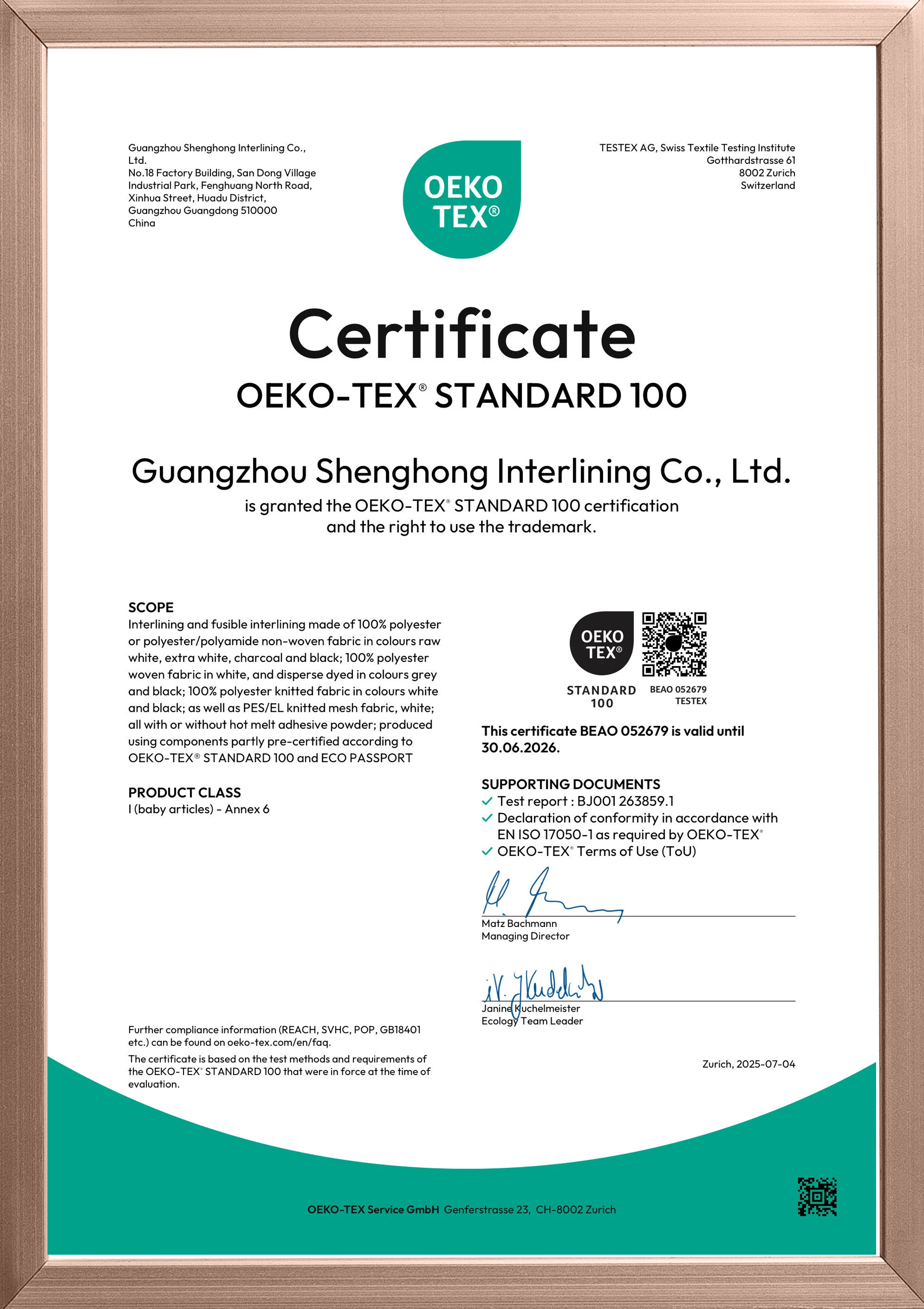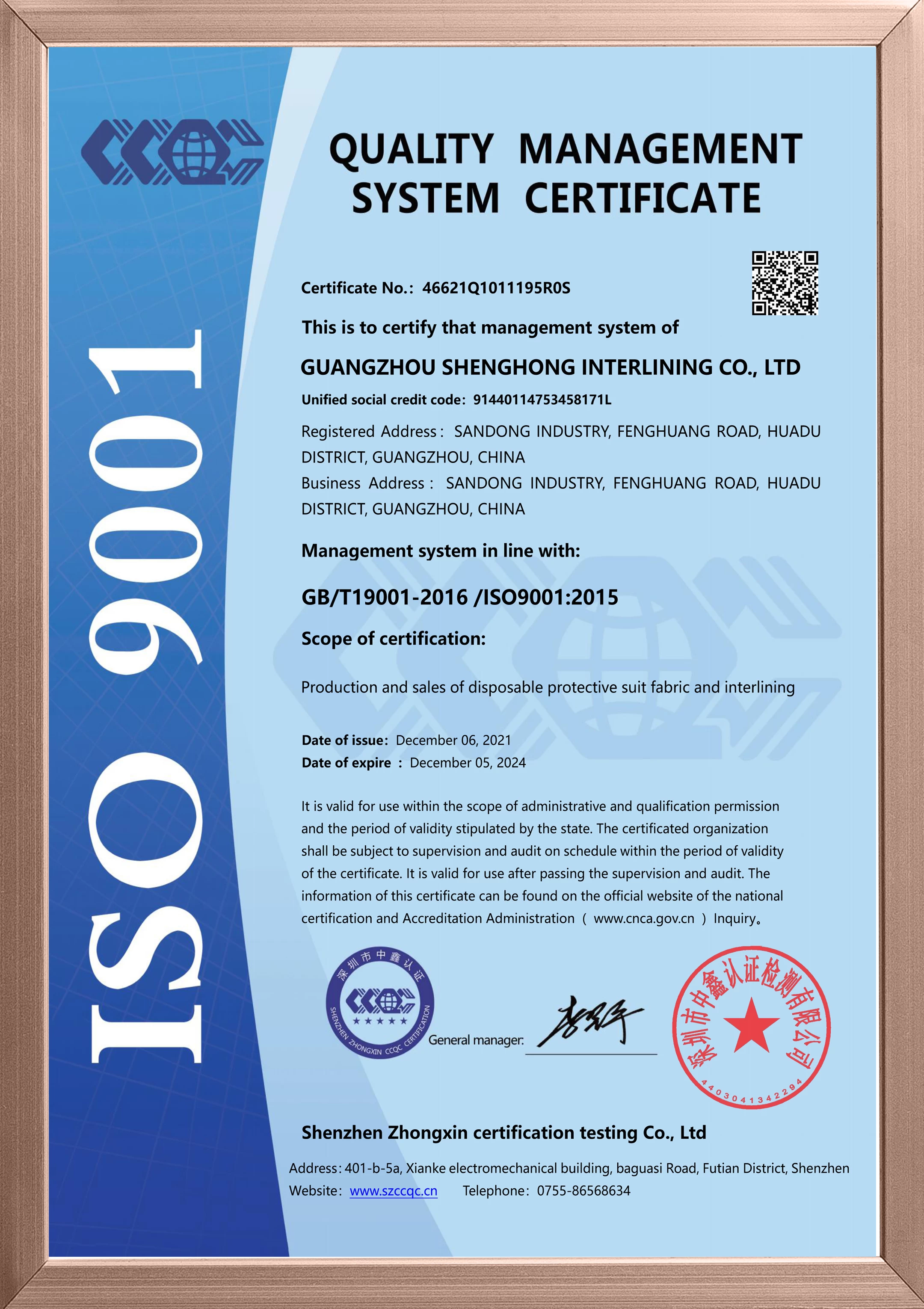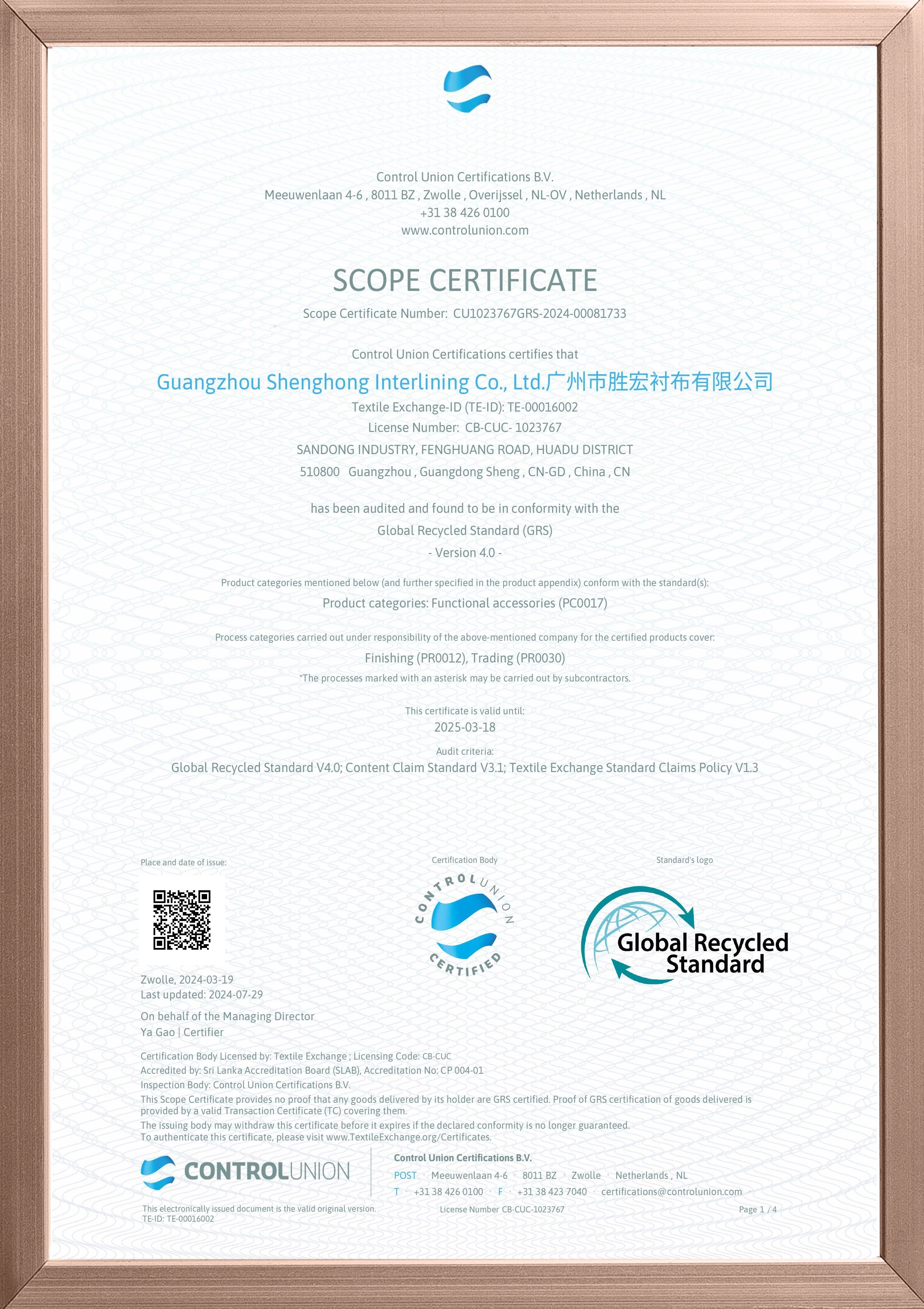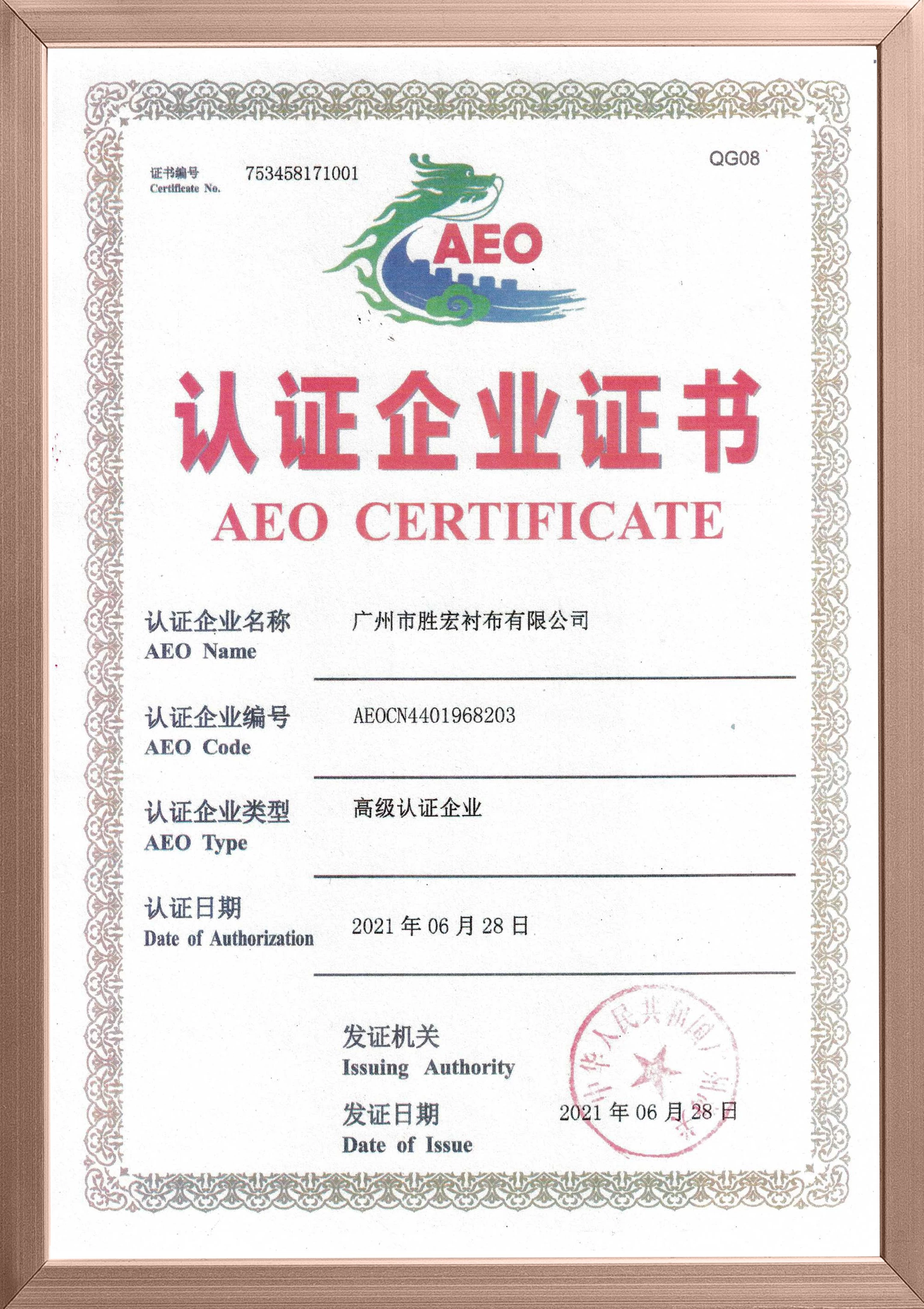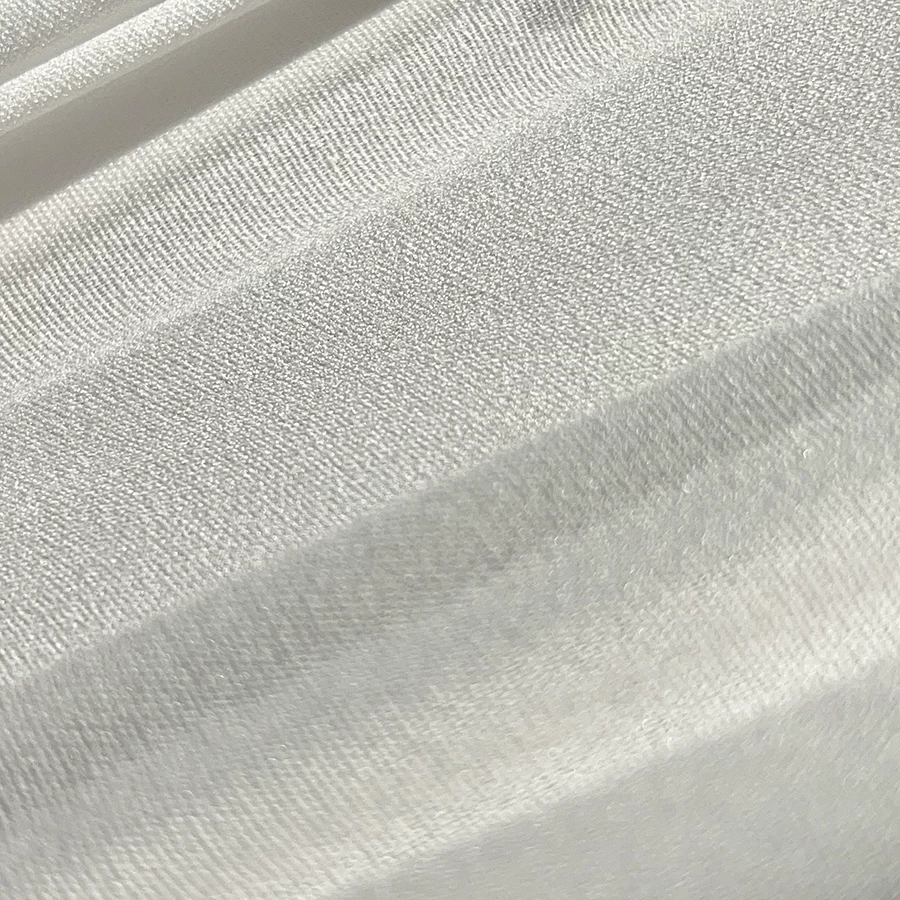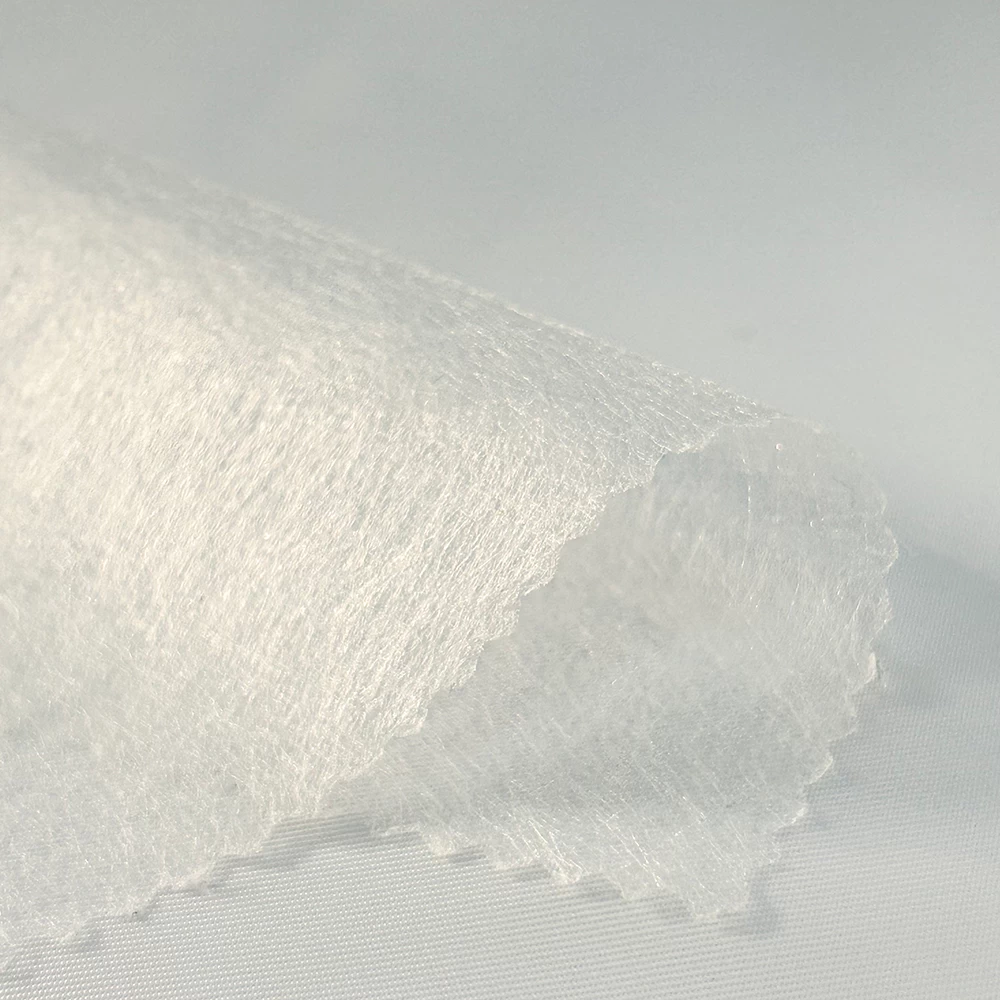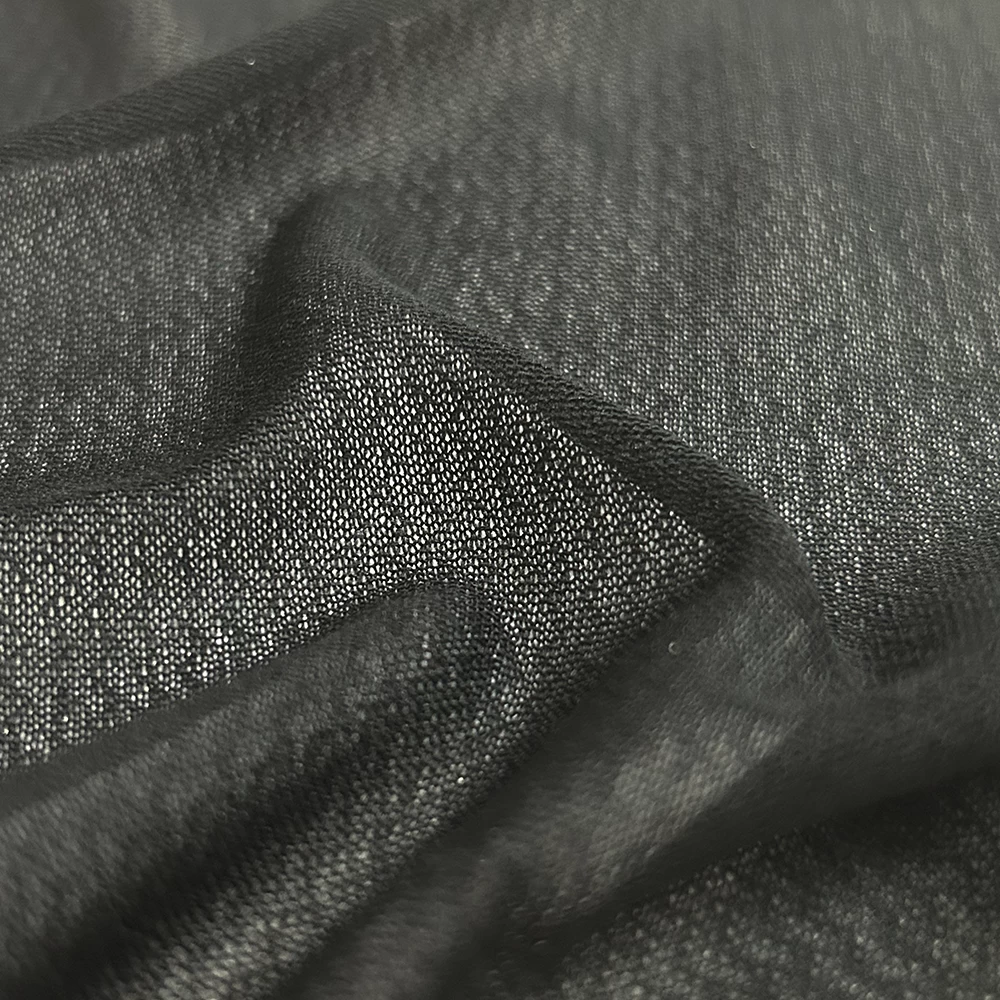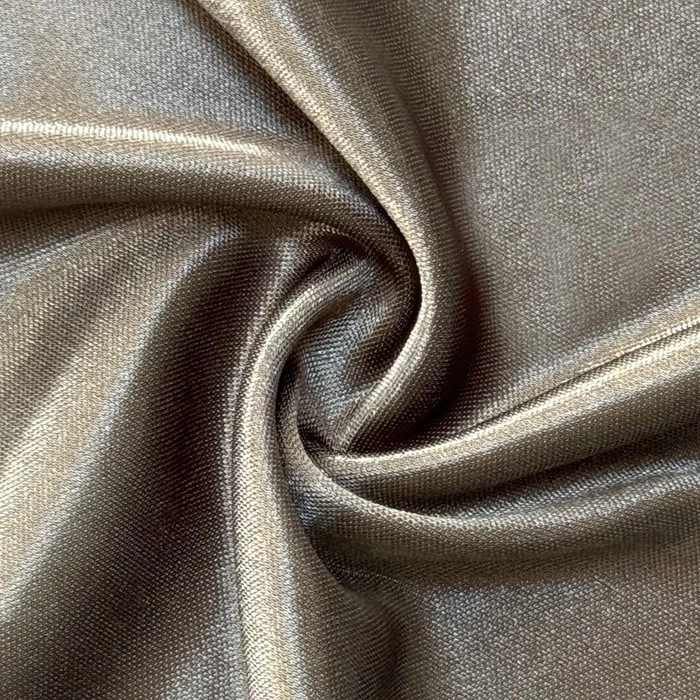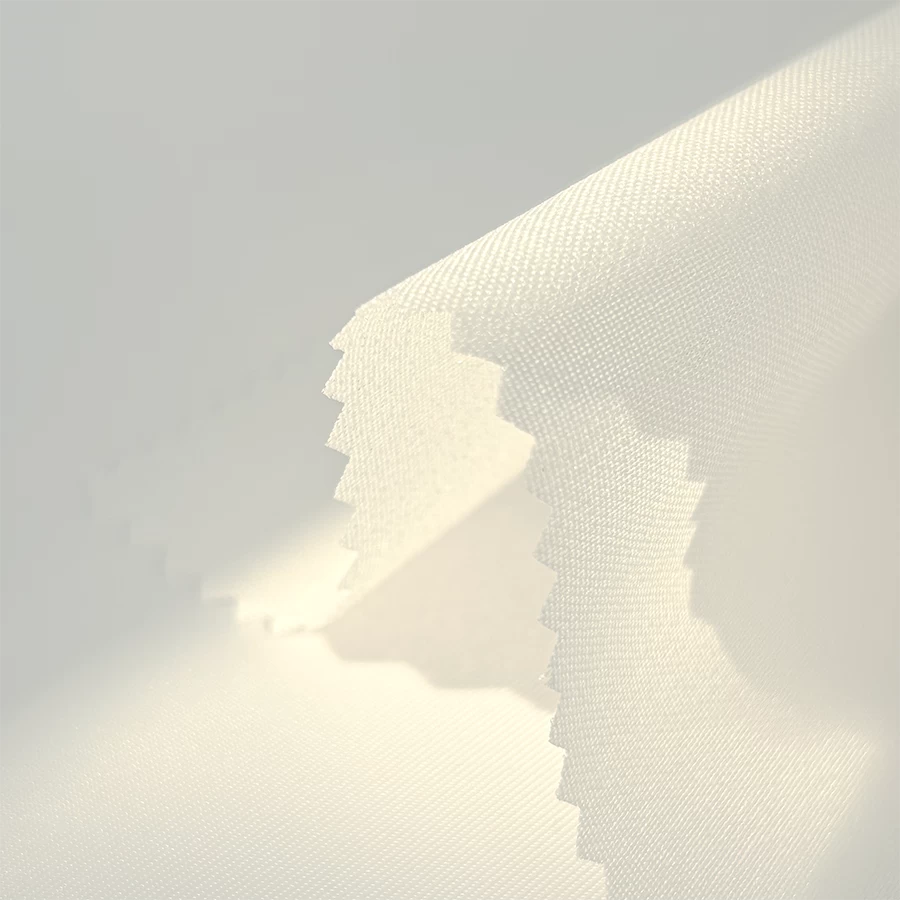Difference between plain and twill for interlining fabrics
Plain interlining
Weaving method: warp yarns and weft yarns are interwoven in a one-up-one-down pattern, with each warp yarn and weft yarn interlaced at every other yarn, with the most interwoven points and more yarn flexing points.
Appearance characteristics: the surface is flat, the texture is firm and stiff, the appearance of the front and back sides are the same, the texture shows a uniform, fine grid, more concise, and the luster is general.
Feeling characteristics: because of the interweaving points, the yarn activity space is small, the feeling is relatively hard, softness and elasticity is not as good as twill interlining fabrics, but it has the characteristics of lightness and thinness, good air permeability.
Durability: compact structure, strong tear resistance and abrasion resistance, more durable in daily wear and cleaning, not easy to pilling and hooking, but small elasticity, frequent bending may be prone to creases.
Application areas: commonly used in occasions with high requirements for flatness, stability and abrasion resistance, such as shirts, certain parts of suits, underwear and other intimate apparel, also used for making bed sheets, towels and other household goods.
Price and cost: the weaving process is simple, the production cost is low, the price is usually relatively cheap, suitable for the mass market, can meet the general use of demand.
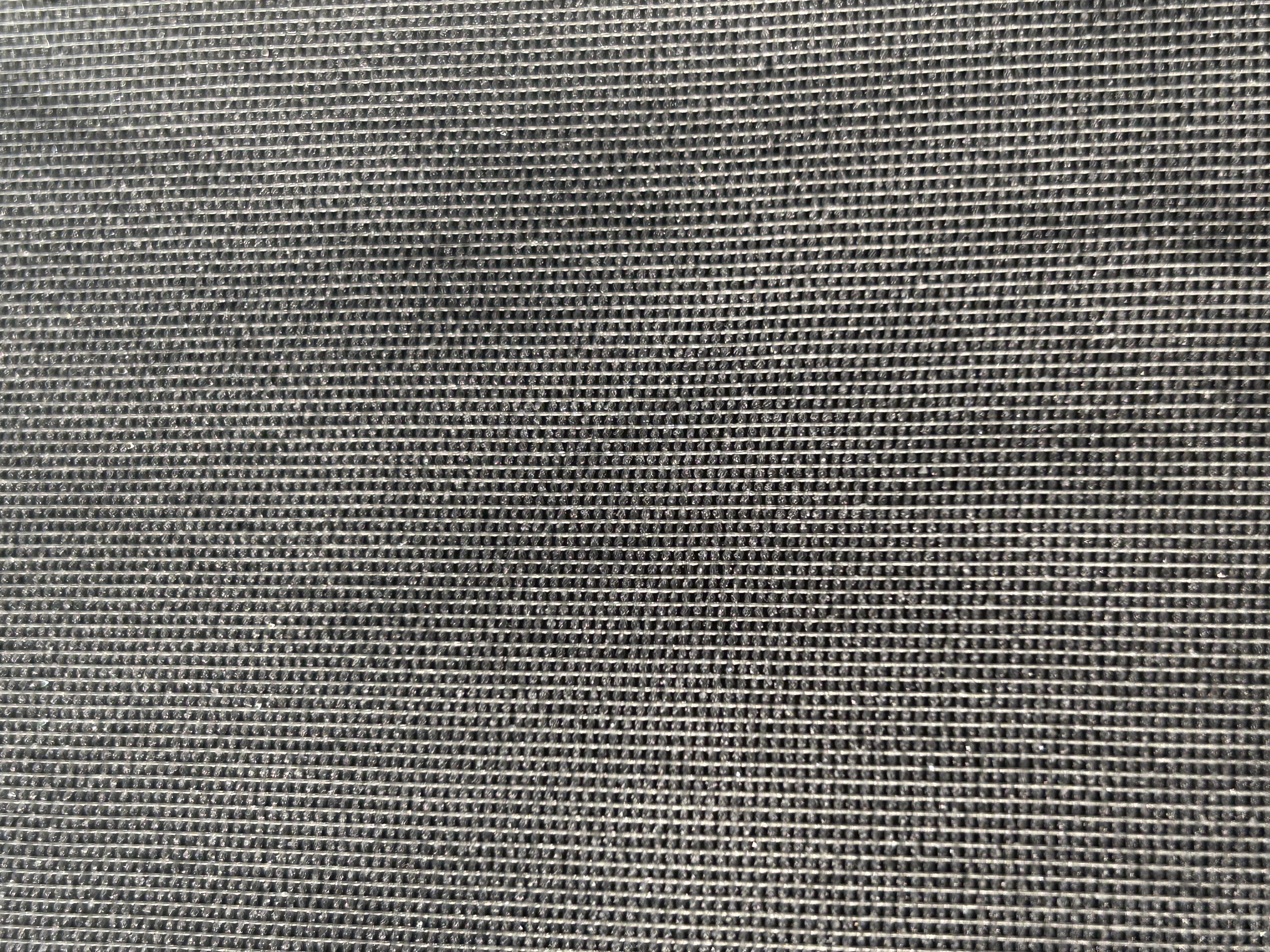
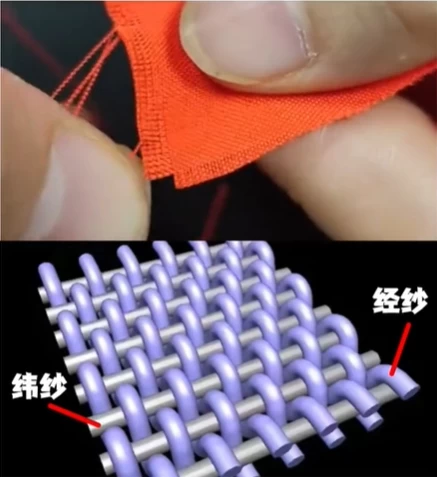
Twill interlining fabric
Weaving method: at least three warp yarns and three weft yarns intertwined with each other, each warp or weft yarn can only have a weft and warp organization point, the surface of the fabric consists of continuous organization point constituting diagonal grain.
Appearance characteristics: there is obvious oblique grain, the front oblique grain is clear, the reverse side is relatively fuzzy, the organization of the three-dimensional sense of strong, more than the plain fabrics have a sense of visual hierarchy and vivid sense.
Handfeel characteristics: the weft and warp yarns are interwoven less often, the floating line is longer, making the fabric feel soft, with better elasticity and draping.
Durability: relative to plain weave, due to the longer floating threads, under the same conditions of warp and weft yarn thickness and density, the abrasion resistance and firmness are a little bit poorer, and the parts that are used for a long period of time or rubbed more may be more prone to wear and tear hair, but the wrinkle resistance is better than that of plain weave.
Application areas: commonly used in the need for soft feel, better luster and three-dimensional sense of clothing, such as jackets, pants, skirts, etc., in the bedding, curtains and other home furnishings are also widely used, but also for the production of bags, tents, and other items that have certain requirements on the strength.
Price and cost: the weaving process is relatively complex, the production is more difficult, the amount of yarn consumption may also be more, the cost is higher, the price is often more expensive, often located in the middle and high-end market.
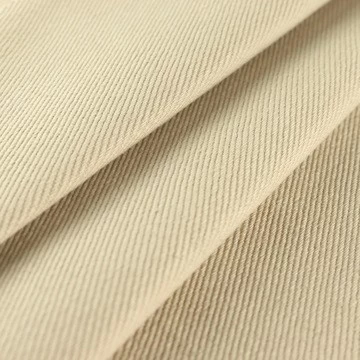
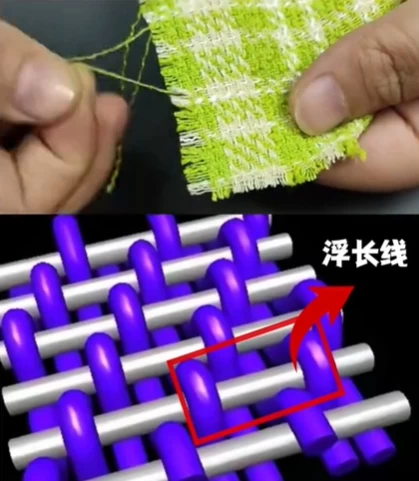
Difference between plain and twill
| Characteristics | plain weave | twill weave |
| Weaving method | the warp and weft yarns are woven alternately | the interweaving points of the warp and weft yarns are arranged in diagonal lines |
| Surface | flat without obvious grain | with oblique grain |
| Strength | high abrasion resistance | soft and flexible |
| Handfeel | hard | soft |
| Breathability | good | slightly lower, but still good breathability |
| Uses | shirts, sheets, curtains | jeans, jackets, suits |
| Price | Cheap | Expensive |

